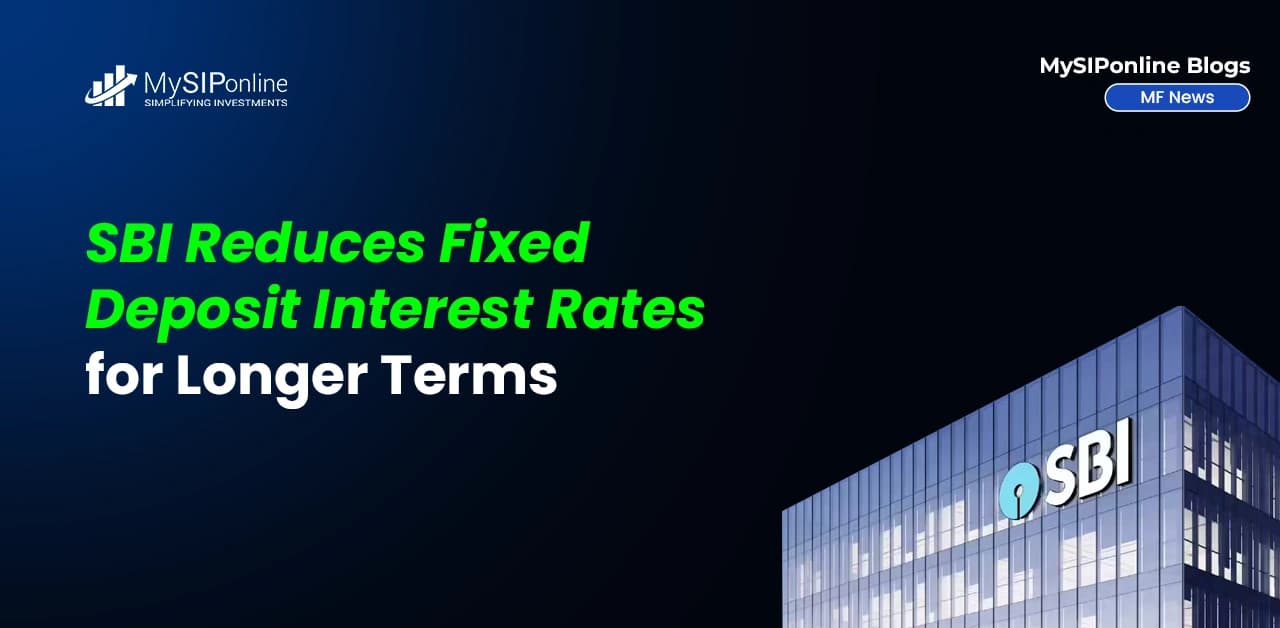As stated earlier, the re-categorization of mutual fund schemes is done so that it becomes easier for investors to separate mangoes from oranges.
We hope you are already aware of the first nine categories of debt mutual funds which we have discussed earlier in our blog https://bit.ly/2KEG2Lk.
Today, we will specifically talk about the others and discuss what investors should do to pick the best one.
10. Dynamic Bonds
Such funds will invest across all the investment horizons. They provide optimal returns in market scenarios of both rising and falling interest rates by active management of the portfolio.
- Risk Analysis: The risk contained in such schemes is moderate.
- Suitability: Such funds are considered ideal for investors who don’t have the understanding to take a call on interest rate movements. Since they have the flexibility to switch from long maturity securities to shorter maturity instruments and vice versa, they can take advantage of interest rate movements in either of the direction.
11. Corporate Bond Funds
They will invest majorly in highest-rated corporate bonds. At least 80% of their total assets should be invested in the highest-rated corporate bonds.
- Risk Analysis: The risk can lie in between moderate to high in such funds. However, they can give you a spike in returns by investing in slightly low-rated, but well-managed, companies.
- Suitability: If you choose a corporate bond fund that invests significantly in high-quality debt instruments, it’s a good way to earn income that is regular and higher than fixed deposits. However, the investment tenure should be around three years.
12. Credit Risk Funds
Such funds invest in below the highest-rated corporate bonds with a minimum investment of 65% of their corpus in lower-rated corporate bonds.
- Risk Analysis: Such funds take credit risk for the sake of generating high yield. They believe in following accrual strategy where they buy a company with lower credit ratings at the moment and hope that the ratings go up.
- Suitability: Investors willing to have a steady source of income and want to keep the risk factor minimal should stay away from credit risk funds. However, the people belonging to the highest tax slab and looking to save on taxes can opt for such schemes.
13. Banking and PSU Funds
The significant investment of minimum 80% in such schemes are made in debt instruments of banks, public sector undertakings, and public financial institutions.
- Risk Analysis: They are known to carry low risk and volatility and can generate reasonably stable returns.
- Suitability: Such funds fit the bill of investors looking for higher returns than those offered by bank deposits but are unwilling to take higher risks. Particularly, ideal for seasoned debt investors who are looking for lesser volatility, a steady credit profile, and maturity.
14. Gilt Funds
Such funds invest in government securities across maturity duration. A minimum of 80 percent of their total assets is invested in government securities.
- Risk Analysis: Such schemes usually don’t throw any major credit risk to investors in their entire investment tenure. They, therefore, act as a reliable backup when there is a significant crisis in the market.
- Suitability: Usually recommended to new investors or people who want to invest in the market without wanting to deal with the risks.
15. Gilt Funds with 10-Year Constant Duration
With major investment (minimum 80%) in government securities with a maturity of 10 years, such schemes shield against the risk of wrong duration calls made by fund managers.
- Risk Analysis: As the average maturity duration of such funds is of 10 years, thus this makes them quite sensitive to interest rate changes. If you are holding these funds, and interest rates begin to rise, these funds could give you negative returns.
- Suitability: Ideal for investors with a moderate risk profile who are looking to generate regular returns.
16. Floater Funds
Such funds will predominantly invest in floating rate instruments, i.e., a minimum 65 percent of their total assets.
- Risk Analysis: Such schemes attract a little interest rate risk and thus provide stable returns with investments in good floating rate instruments, money market instruments, fixed rate debt instruments which can be swapped in place for floating rate returns.
- Suitability: Suitable for all such investors who are looking forward to having an additional stable income source for a short-term period.
Last But Not Least
Going with the data mentioned above, it will be a lot easier for the investors to pick the right investment product as per their requirement. Besides, it will help them assess in terms of performance. Earlier, it used to be very difficult, but now the job is simplified. That is one big step towards creating transparency for the mutual fund investors.
In case you’re willing to invest in any of the schemes from the above-listed mutual fund categories, connect with the experts associated with MySIPonline. You can even call or email us considering any query, and we will make it our prime job to provide you with all the answers.




.webp&w=3840&q=75)






.webp&w=3840&q=75)


